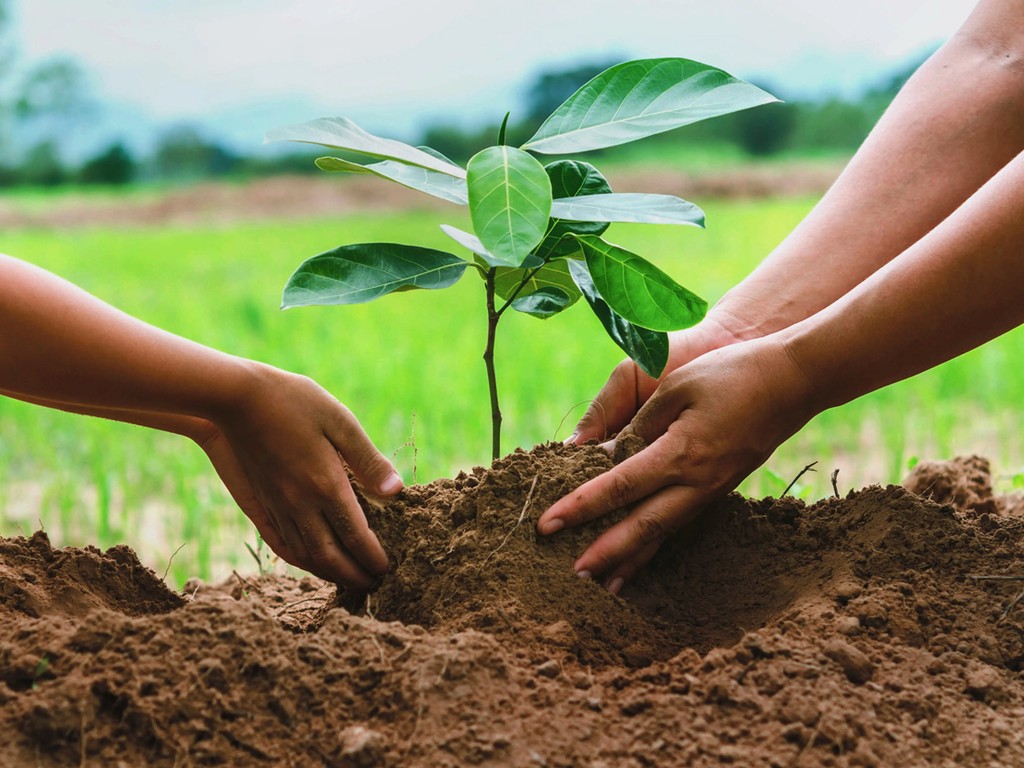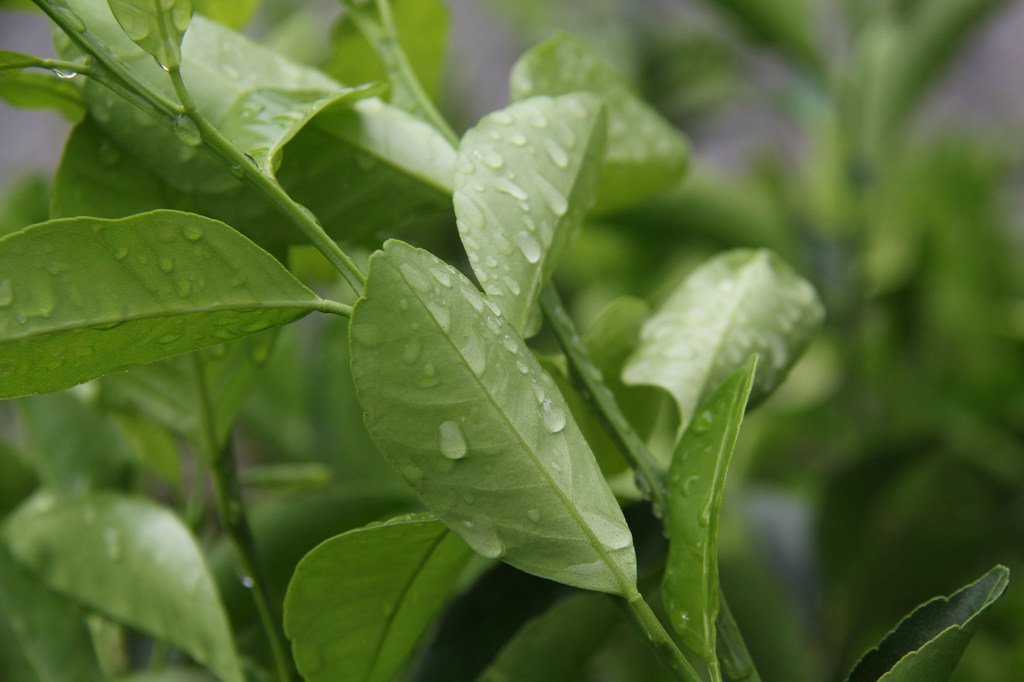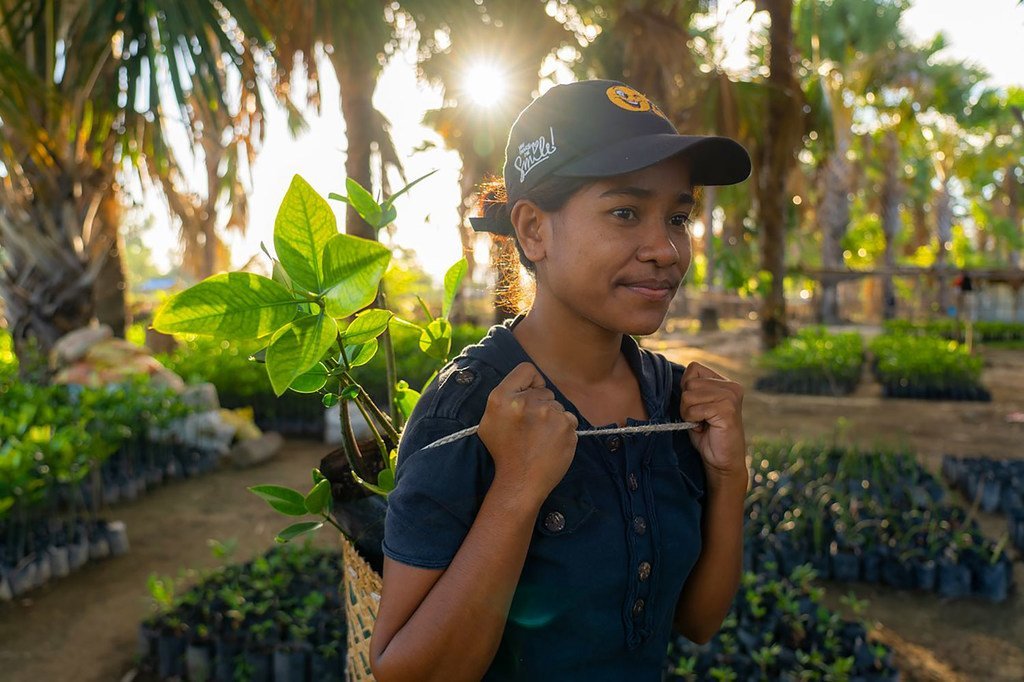
Forests are often called the lungs of the planet, because they absorb harmful carbon dioxide and produce life-giving oxygen so it’s no exaggeration to equate healthy forests with healthy people, the theme of this year’s International Day of Forests.
Covering 31 per cent of Earth’s land and providing a home to 80 per cent of all land-based species, forests are crucial to human health and well-being, but their loss across the planet is threatening people everywhere.
Here are five things you need to know about the age-old and ever-growing interlinked relationship between forests and human health.

Forests are key to building climate resilience.
1. Carbon sinks combat climate change
Forest ecosystems keep the planet healthy by regulating the climate, rainfall patterns, and watersheds and crucially provide the oxygen which is essential to human existence.
Healthy forests help to keep climate change in check by acting as “carbon sinks”, which annually absorb about two billion tonnes of carbon dioxide, the gas which is contributing to climate change and the increase of temperatures globally.
The rapidly changing climate is threatening the very existence of people in many different ways: through death and illness due to extreme weather events, the disruption of food systems, and the increase in diseases. Simply put, without healthy forests, people around the world, especially in the world’s most vulnerable countries, will struggle to lead healthy lives and maybe even to survive.

Forest products are processed into medicine in Viet Nam.
2. Nature’s pharmacies: from masks to medicine cabinets
From masks to medicines, forest products are used around the world every day. As many as 80 per cent of developing nations and one quarter of developed countries depend on plant-based medicinal drugs.
Forests contain about 50,000 plant species used for medicinal purposes by both local communities and multinational pharmaceutical companies. For millennia, forest dwellers have treated a range of ailments using products they have harvested. At the same time, many common pharmaceutical medicines are rooted in forest plants, including cancer-treating drugs from the Madagascar periwinkle and malaria medication, quinine, from cinchona trees.
The One Health approach, launched as part of the UN response to the COVID-19 pandemic, recognizes that the health of humans, animals, plants, and the wider environment, including forests, are closely linked and interdependent.

A woman carries goods through Uluguru Nature Forest Reserve in Morogoro, Tanzania.
3. Dinner for 1 billion people
Nearly one billion people globally depend on harvesting wild food such as herbs, fruits, nuts, meat, and insects for nutritious diets. In some remote tropical areas, the consumption of wild animals is estimated to cover between 60 and 80 per cent of daily protein needs.
A study from 43,000 households across 27 countries in Africa found that the dietary diversity of children exposed to forests was at least 25 per cent higher than those who were not.
In 22 countries in Asia and Africa, including both industrialized and developing countries, researchers found that indigenous communities use an average of 120 wild foods per community, and in India, an estimated 50 million households supplement their diets with fruits gathered from wildland forests and surrounding bushland.

Communities in Timor-Leste are helping to restore mangrove forests.
4. Forests are crucial for sustainable development
Forests provide goods and services, employment, and income to perhaps 2.5 billion people worldwide; that’s around one third of the global population.
Keeping forests – and humans – healthy is also at the heart of sustainable development and the 2030 Agenda. Woodlands play a key role in advancing progress across the Sustainable Development Goals (SDGs), including:
SDG 3 Well-being: Woodlands feel good. Studies show that spending time in forests can boost immune systems while elevating positive emotions and lowering stress, blood pressure, depression, fatigue, anxiety, and tension. Human health and well-being depend on the natural environment, which provides such essential benefits as clean air, water, healthy soils, and food.
SDG 6 Water: Forests play a filtering role in providing freshwater. About 75 per cent of the world’s accessible freshwater comes from forested watersheds. By feeding rivers, forests supply drinking water for nearly half of the world’s largest cities. Threats to forests could trigger water shortages and put global freshwater resources at risk for people across the world, which are among urgent issues addressed at the forthcoming UN 2023 Water Conference.
SDG 13 Climate action: The woods buffer the impacts of storms and floods, protecting human health and safety during extreme weather events. For centuries, forests have acted as nature’s socio-economic safety nets in times of crisis. Sustainably managed and protected forests mean enhanced health and safety for all.

Deforestation continues despite international calls to protect forests.
5. Forests need protecting
The wide-ranging benefits of forests are well known, but that doesn’t mean they are offered the protection that they perhaps deserve. Fire, insect-damage and deforestation have accounted for up to 150 million hectares of forest loss in certain years over the last decade, that’s more than the landmass of a country like Chad or Peru. The production of agricultural commodities alone, including palm oil, beef, soy, timber, and pulp and paper, drives around 70 per cent of tropical deforestation.
Many governments have adopted forest-friendly policies, and others have increased investment in woodlands and trees. Local communities and actors are making their own strides, sometimes one tree at a time. The UN established the Decade for Ecosystem Restoration (2021-2023) and its agencies are harnessing partnerships with local to global stakeholders to better protect forests, from planting three million trees in Peru to empowering young women to work as community forest rangers to protect illegal fauna trafficking in Indonesia.
Established in 2008, UN-REDD is the flagship UN knowledge and advisory partnership on forests and climate, supporting 65 partner countries. Building on the expertise of the UN Environment Programme (UNEP), UN Development Programme, and the Food and Agriculture Organization (FAO), the initiative has, among other things, seen member countries reduce forest emissions at levels equivalent to taking 150 million cars off the road for a year, ushering in a lot of more fresh air.
The President of the UN Economic and Social Council (ECOSOC), speaking at an event marking the International Day on Tuesday, said that “sustainably managed forests hold the key to our healthy recovery from the multitude of crises we face currently and strengthen our resilience to withstand future crises.
“Regardless of how you define health, be it physical, mental, or spiritual – forests have a role to play.”
For guidance on creating an enabling environment in which people can benefit from all woodlands have to offer, FAO offers recommendations alongside a closer look at many key interlinkage between forest and human health in its report, Forests for human health and well-being.
Source here
